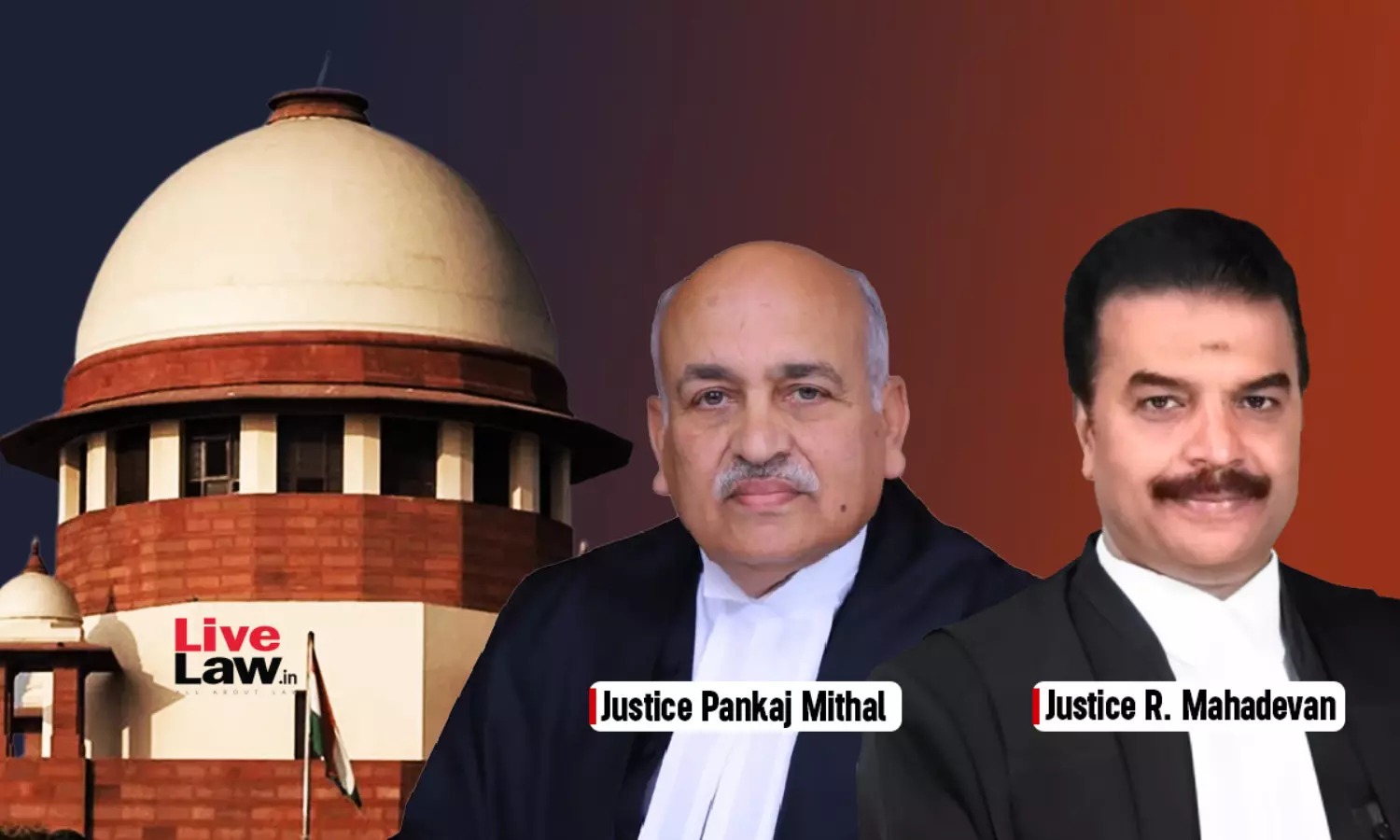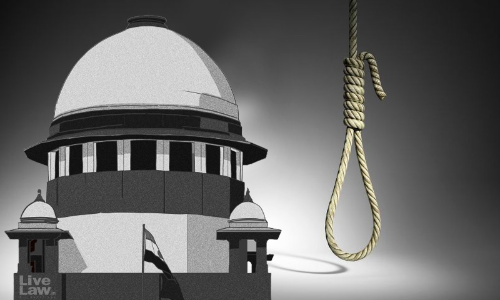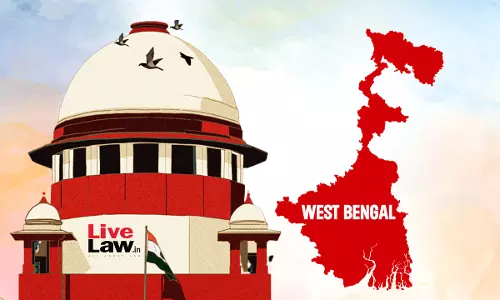Where Language Is Clear And Unambiguous, Document Should Be Interpreted Literally : Supreme Court

Dealing with a property dispute, the Supreme Court recently held that where the language used in an instrument/document is clear and unambiguous, only that clear expression of words is to be considered for the interpretation of the instrument, not the surrounding circumstances."It is a cardinal principle of interpretation that where the language employed in the instrument is clear...
Dealing with a property dispute, the Supreme Court recently held that where the language used in an instrument/document is clear and unambiguous, only that clear expression of words is to be considered for the interpretation of the instrument, not the surrounding circumstances.
"It is a cardinal principle of interpretation that where the language employed in the instrument is clear and unambiguous, the common literary meaning ought to be assigned in interpreting the same and one should not fall back on any other inference...In short, literal construction must be considered first, rather than going into the intention behind what is said in the instrument/document if the language of the instrument is clear and unambiguous", said a bench of Justices Pankaj Mithal and R Mahadevan.
The matter related to the right of common passage in a plot divided between the appellants and the respondents. While the trial Court ruled in the appellants' favor, the High Court arrived at a different conclusion and decreed the suit. Ultimately, the Supreme Court concurred with the trial Court and set aside the High Court decision.
Factual Background
To state the facts briefly, a plot in Civil Lines was divided in 2 equal halves - portion 'A' and portion 'B' - and sold to the respondents (plaintiffs) and appellants (defendants) respectively. The said plot had no other access except through Battery Lane. Portion B was in the back and had no access to the Battery Lane.
The sale deed of the respondents provided that they would leave a 15 feet wide common passage on side of portion A for the common use of portions A & B both. However, there was no similar stipulation in the sale deed of the appellants.
In 1991, the respondents filed a suit for permanent injunction inter-alia alleging that the 15 feet wide common passage was not the passage adjoining only portion A, but it also included the passage which ran across portion B. The appellants contested the suit, claiming that as per the sale deed of the respondents, only they were supposed to leave 15 feet wide common passage (XY) for use of appellants, as they had no other way to access their portion.
It was further claimed by the appellants that the open space left by them in their portion, in alignment with the common passage, was never intended to be used as common passage.
The trial Court dismissed the suit, holding that the respondents (under their sale deed) had to leave the common passage XY for ingress & egress of appellants as an access to their back portion B to be used jointly by both the parties. There was no stipulation that portion YZ (in the back portion) was to be used by the respondents.
The respondents assailed this decision through a regular appeal, which was allowed by the High Court. It was held that the entire common passage X-Z1 (XY+YZ+ZZ1) was a common passage usable by both the parties. Against the High Court decision, the appellants approached the Supreme Court.
Supreme Court Observations
As per the bench of Justices Mithal and Mahadevan, the resolution of the dispute lay in interpretation of the recitals of the sale deeds. The question was whether the 'common passage' in use by both the parties referred to the entire common passage from X-Z1 or only to X-Y.
On a plain reading of the recitals in the sale deed for portion A, the Court noted that the respondents were supposed to leave a 15 feet wide common passage for access to portion B, but they also had a right to use the same.
"Therefore, by necessary implication the said 15 feet wide common passage refers to the passage to be left by the plaintiff-respondents, meaning thereby, the passage marked X-Y only...The aforesaid sale deed nowhere contains any stipulation that the plaintiffrespondents, the purchaser of portion A, will have any right, in any manner, over portion B or to use the passage if any existing or to be constructed in part of portion B owned by defendants-appellants."
On going through the sale deed for portion B, the Court observed that there was no recital that the appellants also had to leave a 15 feet wide passage in their portion for use as a common passage by the respondents.
In this context, it was remarked that where language of a document is clear and unambiguous, that expression alone needs to be considered.
"The first appellate Court completely misconstrued the two sale deeds and simply for the reason that the passage Y-Z and Z-Z1 were in alignment with the passage X-Y left by the plaintiff-respondents for common use held that the entire passage from X-Z1 is a common passage for the use of both the parties. This is something which is completely erroneous and in conflict with the clear recitals of the sale deeds" the Court said.
Conclusion
Accordingly, the High Court order was set aside and that of the trial Court restored.
"[On] the simple reading of the contents of the two sale deeds, we are of the opinion that the common passage referred to in those sale deeds and the map thereto is only in context with the common passage X-Y which was supposed to be left by the purchasers/owners of the portion A i.e., plaintiff-respondents for ingress and egress of the owners of portion B as they have no other alternative way of access to the Battery Lane or as a matter of fact to any other road or lane. Since the defendants-appellants under their sale deed were not supposed to leave any such passage in the portion purchased or owned by them, the plaintiff-respondents have no right to use any part of portion B which exclusively belongs to the defendant-appellants."
Case Title: KAMAL KISHORE SEHGAL (D) THR. LRS. & ORS. VERSUS MURTI DEVI (DEAD) THR. LRS., CIVIL APPEAL NO.9482 OF 2013
Citation : 2024 LiveLaw (SC) 721




